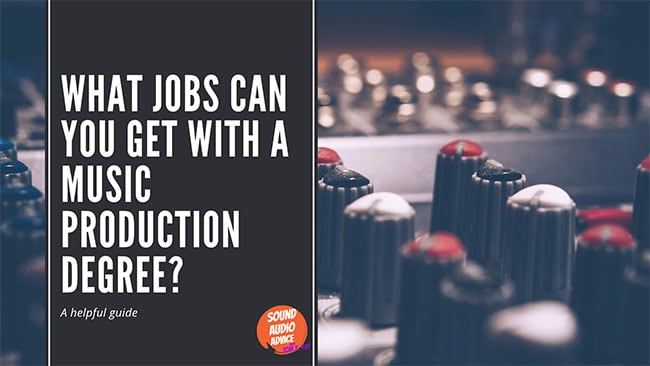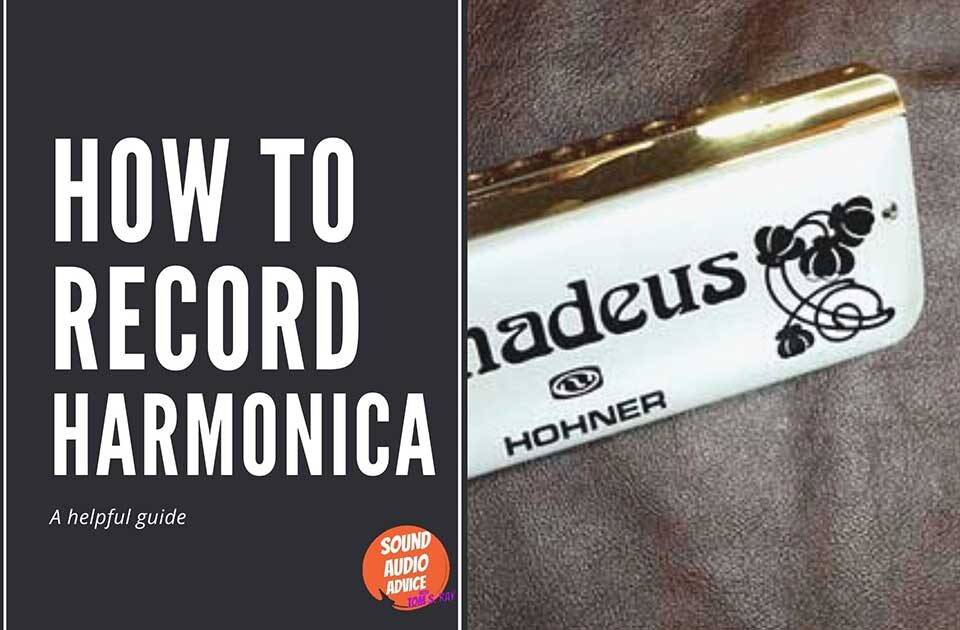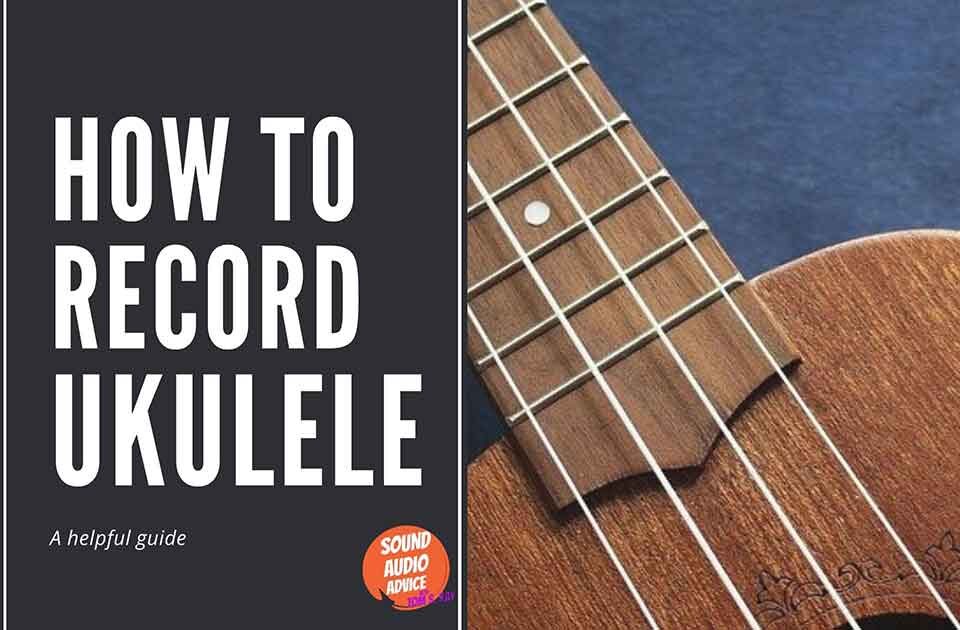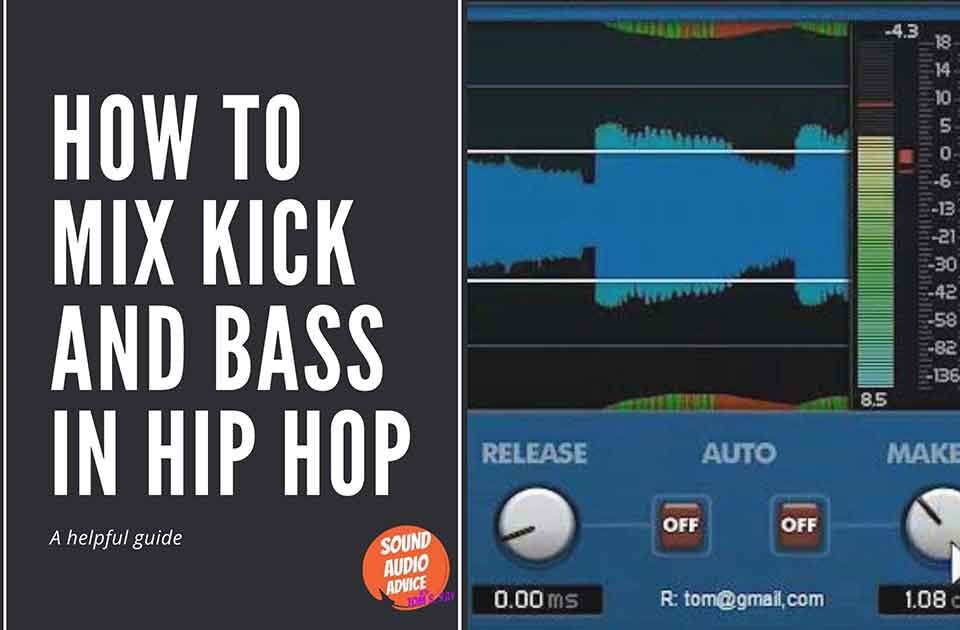
How to Mix Bass and Kick Hip Hop
November 27, 2020
How to Record Ukulele?
December 28, 2020How to Record Upright Piano
The piano has long been seen as the highest echelon of musicality, with the upright piano subsequently considered its ugly cousin. But not for much longer. We have studied how to improve the sound of your upright piano and want to share with you our set of simple, easy-to-follow instructions.
For many of us, playing piano was our first route into music. But that does not mean that the method of recording a piano’s audio is entirely simple. In fact, many people find it quite tricky balancing their upright piano’s output, against the sub-optimum recording facilities of their home.
To solve these issues, we’ve complied a walkthrough on the best methods of recording your upright piano’s sound. Whether you want to use stereo mics underneath your instrument, condenser mics strategically placed around your room, or your mobile phone with towels on your walls, we can show you how to do so perfectly!
In addition, we’ve also provided a series of tips on how to improve the recording abilities of your home.
When you are recording audio at home, there’s a natural drop off in quality. Right? Wrong. If you follow our set of instructions below, we can get your piano sounding better than ever before!
So how to record upright piano?
Although it may be stating the obvious it must be said, to record your instrumental audio; you will need a method of recording. However, that does mean you have to rush out and buy the most expensive recording microphone you can find. In fact, in the 21st century, we are blessed with a wide range of audio recording technologies. That includes everything from your conversation-oriented Rode mic, to the newest mobile phone with built-in recording apps.
Therefore, when recording your upright piano, there are a wide range of options – and we’ve the best of them below:
- Stereo Mics: placed above the player’s head and on either side of the instrument. Designed for classical and jazz pianos but will work for most pianos.
- Condenser Mics (large): place two large-diaphragm condenser microphones on either end of the piano’s soundboard and at least 6 inches away from the instrument itself. Designed for classical and jazz pieces, this technique will give a richer, deeper audio recording.
- Condenser Mics (small) pointed at the piano’s hammers: with the piano’s lid open, place two smaller condenser mics close to the instrument’s hammers. Perfect for more intricate musical pieces.
- Front panel open, with mics pointed at strings: microphones are pointed at front panel underneath your keyboard. For this method, remove the piano’s front panel, exposing the harp, and play a small condenser mic on either end of the piano, faced inward. This is the best all-round method of recording
- Mobile phone recording: this is the freest method of recording because it is most open to interpretation. With each mobile phone, the microphone placement will change. Therefore, you will have to go through some trial and error to find the best location for it during recording. One pro tip is to have someone else play, as you walk around recording on your phone – this will help you find the optimum recording position
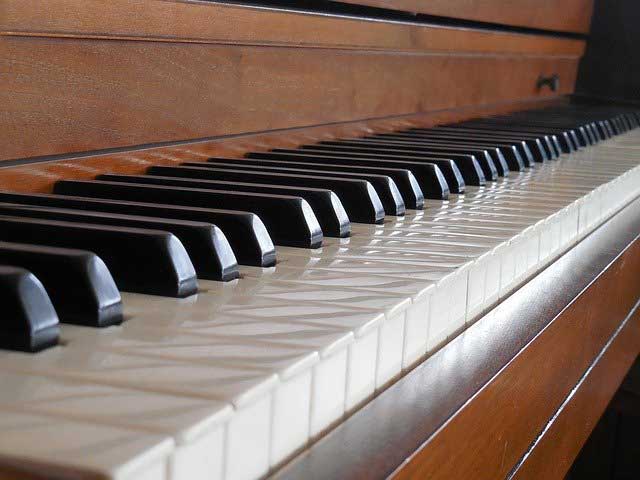
How to record upright piano using stereo mics?
Firstly, in case you were unsure, stereo microphones are specifically designed to record two tracks of audio at once. Typically, each track represents a left and a right – much like how our ears would naturally understand the sounds around us. Combining these two tracks then gives a richer, more rounded sound.
As such, stereo mics are fantastic at capturing the natural ambience of a space or area. Which means there are perfect for recording an upright piano! For a walkthrough on how to do this, look below:
- Move your piano into as big a room as possible – and just off centre of the room.
- Move your piano away from any wall or resting surface. This will minimize sound reflections and improve your recorded audio.
- If you have to keep your piano against a wall, hang towels and/or blankets behind the instrument to reduce sound reflections. Additionally, if possible, do the same on any side walls around the piano
- Place a single stereo microphone on either side of the piano, and one above the player’s head.
- And record!
- Record again – perfection comes from trial and error. Therefore, keep playing and rearranging your recording set up to get a sound that you prefer best.
How to record upright piano with condenser mics?
Condenser microphones are designed to capture audio vocals and high frequency sounds. This owes to their lightweight diaphragm, which is suspended by a fixed plate. In simple terms, when sounds waves are detected by the condenser microphone, this places pressure on the diaphragm, causing it to move.
Because of this thin diaphragm, the condenser microphone excels at hearing delicate sounds – which is perfect for upright piano. Below, we’ve created a walkthrough on how to make condenser mics work for your standing instrument:
- Move your piano into as big a room as possible – and just off centre of the room.
- Move your piano away from any wall or resting surface. This will minimize sound reflections and improve your recorded audio.
- If you have to keep your piano against a wall, hang towels and/or blankets behind the instrument to reduce sound reflections. Additionally, if possible, do the same on any side walls around the piano
- For a fuller sound, place 2 large-condenser mics either side of the piano’s soundboard and 6 inches from the piano itself (any closer and your recording will be too bass heavy)
- For intricate musical pieces, place 2 small condenser mics facing toward the piano’s hammers. The piano’s lid can be open or closed.
- And record!
How to record upright piano using a mobile phone?
Most, if not all, mobile phones nowadays have a capacity for recording audio. Admittedly, many of these are designed to capture conversational rather than musical audio. But there are some fantastic options out there – you just have to look!
However, as mobile phones are not specifically designed to record audio (in the same way as equipment such as studio microphones), preparation is of paramount importance.
Below we have created a simple flowchart on how best to record upright piano using a mobile phone:
- Move your piano into as big a room as possible and way from any walls. If possible, cover any side walls with blankets and/or towels to reduce audio reflections.
- Before recording, have a friend play the instrument while you walk around the room. This will help you decide which distance is best for recording.
- Grab a pair of headphones and connect them to your phone. This will reduce audio feedback from your phone and improve the quality of your recording.
- If possible, financially and technologically, connect professional mics to your phone. This will improve the sound recording, without having to buy expensive recording software
- And record! Remember, the first recording may not be perfect but that does not mean it will always sound that way. Keep trying new techniques and success will come.
How do you record an upright piano at home?
Find a spot in your apartment to use as a makeshift booth and set up the mic with enough distance between it and the piano so that it can properly capture all of the different parts of a complete, full range sound.
The easiest of which is to set up a mic just out of arm’s reach from the piano, and then put piano mics ($200 – $500) on the first few or last few octaves on the instrument. It’s important to have some distance between the mic and instrument so as not to pick up extraneous sound from other sources in your room as well as vibrations from the strings.
What are the best microphones to record upright piano
There are two type of microphones that should be considered for this task: condenser and dynamic.
Condenser microphones require a microphone pre-amp which can be difficult to find in an upright piano environment, so they’re not especially practical for this use case.
Dynamic mics, meanwhile, work well as handheld mics held at close proximity to the strings. They also work well as room mics when placed up against the soundboard (attached with gaffers tape) pointing upwards towards the strings from below.
Hope that was helpful!
Thanks,
Tom
I’m Tom S. Ray and I’m head mastering engineer at Audio Unity Group. I also hold a bachelor with honours degree in music from Kingston University in London, I lecture mastering to students in Edinburgh College and to my online students via my Mastering Mastery audio mastering online course.



